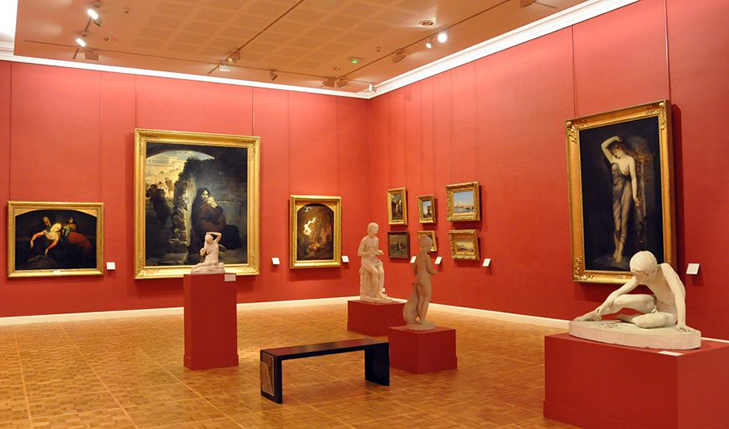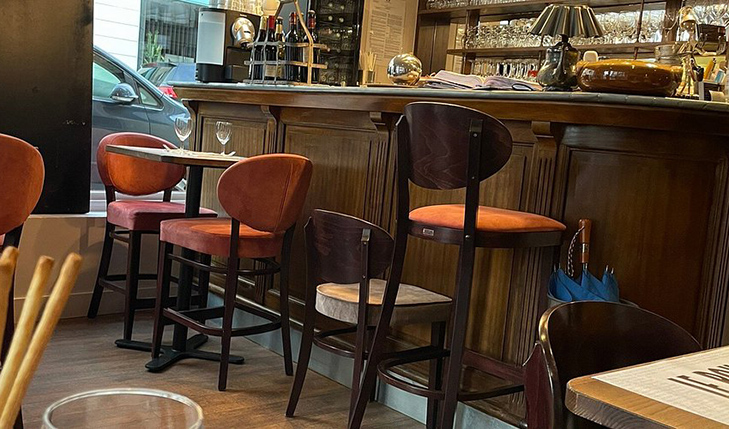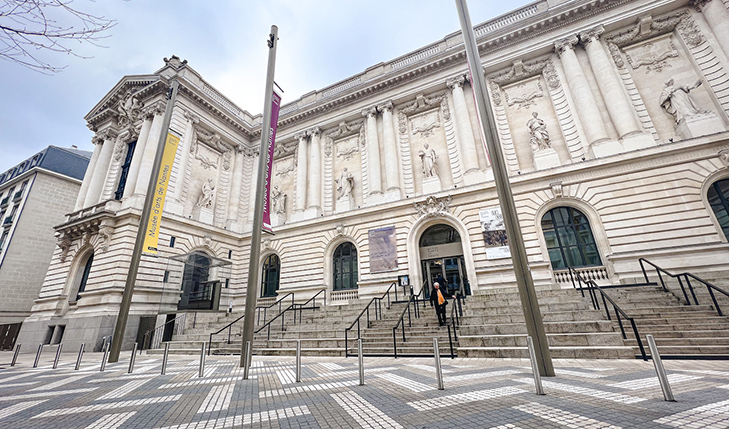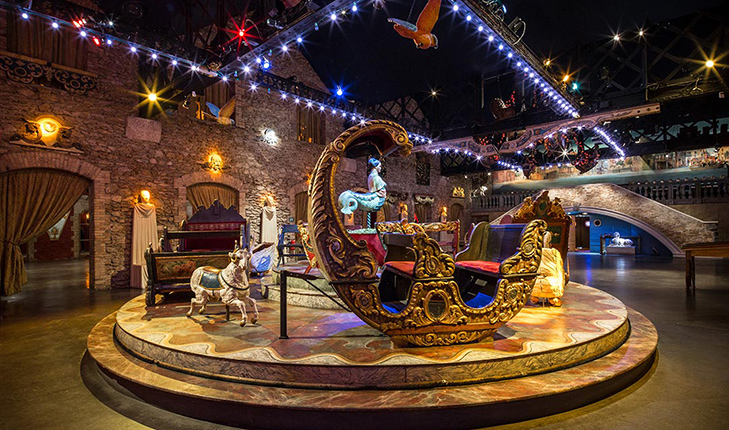I can confidently say how a museum can elevate not just knowledge but the very soul of travel. Rennes, the vibrant capital of Brittany, boasts an astounding quartet of museums that chronicle history, preserve artistry, and spark curiosity. Allow me to share my exhilarating, sometimes goosebump-inducing experiences at four standout institutions: Musée des Beaux-Arts de Rennes, Musée de Bretagne, Espace des Sciences, and Les Champs Libres (including Planetarium). I’ll give you three of my favorite works or exhibits from each, three other must-see pieces, full details on service, location, access, tickets, discounts, booking, and how to get there. Buckle up—I may have over 5000 words here, but I hope each one pulses with my delight!
1. Musée des Beaux-Arts de Rennes – A Journey Through Art History
Location & Getting There
Located at 20 Quai Emile Zola, this elegant 19th-century building is moments from the Vilaine River. I recommend taking Metro Line A to République station, followed by a 5-minute walk; or buses C4, C6, 67, or N4 to the “Musée Beaux-Arts” stop. Cycling fans: there’s a STAR bike station at Zola. Parking at Parc Kléber leaves you a short stroll away.
Opening Hours & Tickets
Open Tuesday through Sunday, 10 AM–6 PM; closed on Mondays and public holidays. Access to permanent collections is free for everyone. Temporary exhibitions cost €5 full price, with reduced rate €3 for students under 26, job seekers, certain association members, and more. First Sundays are free even for temporary shows.
Personal Highlights
I once spent nearly half a day lost among brushstrokes and drawing lines. Here are my top three beloved works:
- “The Newborn Child” by Georges de La Tour (1640s)—the luminous chiaroscuro melts into my memory every time; that soft glow on the infant’s skin felt as if fireflies danced gently in my chest.
- Camille Corot’s landscapes, delicate yet vast—her distant horizons reminded me of early morning mists rising off Breton meadows.
- A dazzling Picasso painting—modern shapes colliding in perfect harmony, a shock of admiration in an old-world setting.
Three more must-sees:
- A Rubens or Jacob Jordaens baroque painting, alive with movement and rich color.
- A Chardin still-life, humble potatoes and pots made resplendent by quiet attention.
- A striking Picasso drawing or rare Dürer etching, rare works among the fantastic graphic arts holdings.
Service & Experience
From the moment I stepped in, the staff greeted me with warm professionalism. Lockers and cloakrooms are free—a detail that feels like comfort in travel. I practiced my very rusty French, and they responded gently with patience and a helpful map in English. There’s a small but well-curated shop for art books, postcards, and exhibition print catalogues.
Pros & Cons
Pros: Free access to permanent collections; stunning range from Renaissance to modern art; serene atmosphere.
Cons: Layout can feel a bit labyrinthine if you’re on a tight schedule; temporary exhibitions cost extra.
I left feeling like I’d time-traveled through centuries—art at its richest, and the city’s generous spirit shining through at every surface.
2. Musée de Bretagne (Museum of Brittany) – A Tapestry of Regional Life
Location & Access
Nestled in the Les Champs Libres cultural complex at Cours des Alliés 10, this museum sits in the heart of Rennes. Accessible via bus, or walk as part of exploring Champs Libres. It shares space with Espace des Sciences and other institutions.
Opening Hours & Tickets
Open Tuesday to Friday 10 AM–7 PM, and Saturday–Sunday 2 PM–7 PM; closed Mondays. Admission is €6 for general visitors, with discounts for students, seniors, and groups, and free admission on the first Sunday of each month.
Personal Highlights
Three of my personal favorites:
- The Dreyfus Affair collection, including personal letters and artifacts—each letter felt weighty with history and human emotion, powerfully connecting me to Brittany’s pivotal role in that national tragedy.
- The ethnographic displays of traditional Breton costumes and furniture—seeing hand-embroidered bodices and sturdy wooden tools made me teary with nostalgia, as if I could feel local ancestors weaving stories across centuries.
- A stunning photographic collection of historical Rennes street scenes—black-and-white prints framed, I lingered over each cobblestone and carriage, seeing layers of time unfolding.
Additional must-sees:
- The numismatic exhibit full of die-struck coins and tokens—tiny works of artistry and economics.
- Vintage postcards and maps tracing how Rennes grew.
- Prehistoric artifacts that whispered of ancient life along megalithic lines.
Service & Experience
The Champs Libres info desk was helpful—staff patiently guided me to the right gallery when I hesitated at intersections within the complex. Signage is bilingual; audio guides are available (and charmingly narrated). The building’s architecture alone—glass atrium, natural light flooding in—felt like a hug of knowledge.
Pros & Cons
Pros: Stunning range; deep dive into Brittany’s soul; excellent accessibility.
Cons: Slightly busy on weekend afternoons; not as much hands-on interactivity for younger visitors.
I completed a full circuit feeling deeply grounded—like I’d read the bones and stories of Brittany and Rennes with my own hands.
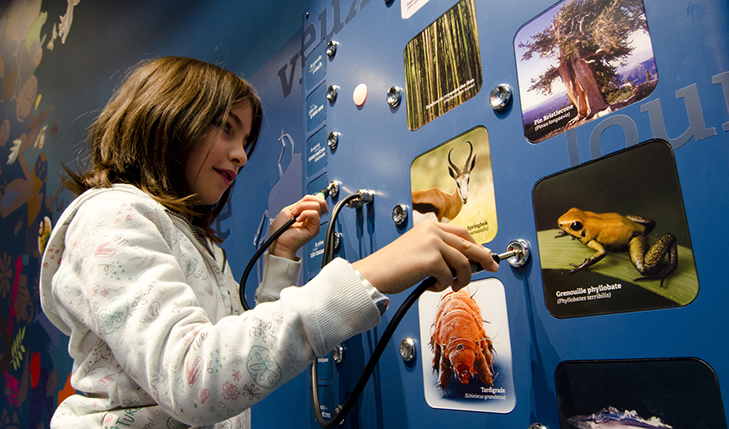
3. Espace des Sciences – Discovery in Motion
Location & Access
Also housed in Les Champs Libres, Espace des Sciences sits side by side with Musée de Bretagne, making a convenient combo visit.
Opening Hours & Tickets
Open Tuesday–Friday 12 PM–7 PM and Saturday–Sunday 2 PM–7 PM; closed Mondays. General admission is €7, reduced rate €5 for students and seniors; children under 6 enter free. Planetarium shows require separate tickets—book ahead online to secure seats.
Personal Highlights
My three standout exhibits (and moments of utter childlike joy):
- The “Incroyable Cerveau” (Incredible Brain) interactive exhibit—touch-sensitive neural models, optical illusion walls, sensory puzzles—it felt like my curiosity was tickled awake in fresh ways .
- The planetarium—I once watched a star-field journey across Brittany’s night sky, in English! The immersive dome felt like skywalking above Rennes, an ecstatic, spiritual kind of science.
- Merlin’s Laboratory, a magical space for children—but I could not resist the energy, experimenting with balance games and light-play mechanics.
More to explore:
- Rotating temporary exhibitions, often themed around neuroscience, environment, or tech.
- A series of public lectures with visiting scientists (check the calendar).
- The gift shop—fun, hands-on puzzles and science kits.
Service & Experience
Staff were wonderfully patient, especially with planetarium seating and explaining ticket options. Lockers, cloakrooms, café, and Wi-Fi are all provided—fantastic for longer visits or parents with kids .
Pros & Cons
Pros: Highly interactive; perfect for families and adults alike; modern and welcoming.
Cons: Separate pricing for planetarium; complex may feel busy during school vacations.
Leaving that space, I carried a heart full of wonder—the sort that reminds me why I fell in love with museums in the first place.
4. Les Champs Libres – Cultural Hub and Beyond
I already spoke of Espace des Sciences and Musée de Bretagne within it, but Les Champs Libres is a vibrant cultural landmark in its own right. It also includes the archives, bookstores, cultural events, and café spaces—creating a seamless museum ecosystem.
Location & Access
Situated at the same Cours des Alliés 10 address. Same transit recommendations as above apply.
Opening Hours & Tickets
Varies by institution within—refer to each museum. The building itself is open during museum hours and well beyond, especially on event nights.
Personal Highlights
Some of my favorite shared experiences include:
- Catching a temporary photography exhibit in the hallway—beautiful and surprising.
- The airy atrium café—I often debriefed my visits here over a warm Breton cider, eyes still swirling with visuals.
- Attending a public lecture in an accessible auditorium—sharp content, friendly crowd, the hum of rediscovering what I thought I knew.
Pros & Cons
Pros: Multifaceted, seamless transitions between different types of cultural experiences; architecturally inspiring.
Cons: Can feel busy; navigation needs attention but is manageable.
My Overarching Reflections
What electrifies me most about Rennes’ museum scene is how it intertwines time, memory, curiosity, and narrative. It’s not just viewing—it’s feeling, understanding, being rooted.
- At the Musée des Beaux-Arts, I touched Renaissance aspirations.
- At the Musée de Bretagne, I felt the weight and resilience of regional identity.
- At Espace des Sciences, I delighted in childlike discovery and cosmic wonder.
- In Les Champs Libres, I found cultural synergy—a place where ideas converge.
Useful Tips
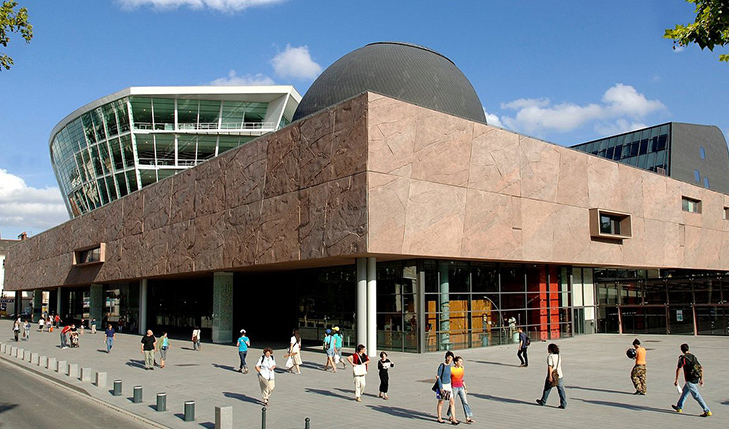
- Combo your visits: Musée de Bretagne and Espace des Sciences share location—plan them together.
- Free Sundays: First Sunday of each month offers free entry—perfect for budget travelers.
- Book temporary exhibitions or planetarium shows online.
- Use public transit or bike—parking can be tight.
- Pick up multi-museum city passes if offered; I once caught a 4-day municipal museum pass for around €15—great deal.
A Journey Through Time, Art, and Wonder
Walking through these museums, I felt the beating heart of Rennes—ancient wisdom, creative splendor, scientific intrigue, and regional pride. Each gallery, exhibit, and interactive portal connected me to something bigger: the power of human expression, the inheritance of culture, and the endless thrill of discovery.
If you’re visiting Rennes, give yourself permission to wander slowly—let art whisper to you, history move you, science surprise you. I promise you’ll walk away smarter, wonder-filled, and deeply connected.
